Brachycephalic breeds’ cute facial features make them popular pets. However, nothing is cute about the serious health issues their adorable flat faces cause. Learn to keep your flat-faced furry friend healthy by reading our Willow Wood Animal Hospital team’s descriptions of the adverse health conditions these pets can develop and some treatment options to help.
Brachycephalic pet features
Their wide skull and shortened muzzle are hallmarks of brachycephalic breeds—in fact, the term brachycephalic is Greek for short head. This cosmetic characteristic for which they are bred has compromised these breeds’ health in many ways. There are many canine and feline brachycephalic breeds.
Brachycephalic dog breeds include:
- Pugs
- Boston terriers
- Bulldogs
- Pekingese
- Boxers
- Shih tzus
- Cavalier King Charles spaniels
Brachycephalic cat breeds include:
- Persians
- Himalayans
A brachycephalic pet’s flat face = respiratory distress
While brachycephalic pets have an increased risk for numerous conditions, abnormal breathing is considered the greatest health issue. Brachycephalic obstructive airway syndrome (BOAS) describes upper airway abnormalities that can lead to breathing difficulties. Most brachycephalic breeds are born with stenotic nares, a hypoplastic trachea, or both, which commonly lead to soft palate elongation, laryngeal saccule eversion, and—ultimately—laryngeal collapse. Sign severity can vary. Generally, a pet who has many abnormalities will have more severe signs. Common BAS signs may include:
- Mouth breathing
- Snoring
- Disrupted sleep
- Cough
- Heavy panting
- Respiratory noise
- Rapid breathing and shortness of breath
- Gagging and regurgitation
- Exercise intolerance
Medications—such as corticosteroids, nonsteroidal anti-inflammatory drugs (NSAIDs), and oxygen therapy—may all be useful for short-term relief of airway inflammation or respiratory distress, but they do not correct anatomic abnormalities. Surgery is often the best treatment for correcting anatomic abnormalities that interfere with a brachycephalic pet’s breathing. At the time of your pet’s spay, neuter, or dental cleaning our veterinarians can perform a rhinoplasty to enlarge small nares. Pet owners typically notice significant improvement in activity level after this procedure is performed.
A brachycephalic pet’s flat nose = heat stroke
A brachycephalic pet’s short nose and face put them at an extreme disadvantage when the temperature is high, because panting is a dog’s primary cooling mechanism, and these breeds do not pant efficiently. Panting is a form of evaporative cooling, and air must easily flow for the process to work. Hot temperatures and limited airflow can quickly cause a brachycephalic pet to develop heat exhaustion and heatstroke. To prevent heatstroke, keep walks and outdoor activities short in hot weather and keep vigorous play sessions short.
A brachycephalic pet’s protruding eyes = ocular disease
Brachycephalic pets have extremely shallow eye sockets, causing these breeds to have a google-eyed appearance. Because their eyeballs protrude outward, brachycephalic pets can experience a variety of ocular abnormalities and diseases including:
- Eye trauma and ulceration
- Excessively widened eyelids
- Inability to close their eyelids completely
- Facial skin folding and entropion (i.e., inward-turning eyelid)
- Abnormal tear production
To help prevent these ocular conditions and minimize pain and discomfort, a veterinary eye lubricant can be used with no adverse side effects. There are multiple surgeries that may be necessary for these pets. However, surgery may not fully correct some conformational conditions.
A brachycephalic pet’s underbite = dental disease
Pets commonly develop dental disease, but brachycephalic pets are particularly vulnerable. Because their muzzle and jaw are shortened, their teeth have insufficient room to grow, becoming overcrowded, which leads to trapped food particles that attract bacteria, causing gum inflammation and infection. Their signature underbite (i.e., malocclusion) causes these pets pain and difficulty when eating, and increases their periodontal disease and oral trauma risk. We recommended annual oral exams to assess how frequently professional dental cleanings should be performed. Many brachycephalic pets need a dental cleaning every one to three years.
A brachycephalic pet’s tail structure = spinal challenges
Some brachycephalic pets—specifically those with coiled, short, or absent tails—have an increased risk for abnormally shaped vertebrae that are misaligned, causing a spinal deformity. Spinal deformities can lead to problems such as an inability to move normally, spinal pain, and urinary incontinence.
A brachycephalic pet’s wrinkles = skin issues
Brachycephalic pets’ skinfolds and wrinkles are so adorably squishy, but wrinkled pets are predisposed to skin problems. Deep skinfolds retain moisture, and provide bacteria and fungi an ideal environment to accumulate and cause an infection. Skin infections are often itchy, and excessive scratching can cause pets to develop lesions, hot spots, and hair loss. Cleaning skin folds with a damp cotton ball, followed by a dry cotton ball, can help prevent infections.
A brachycephalic pet’s narrow hips = reproductive issues
Many brachycephalic pets have difficulties giving birth, because the puppy’s head and shoulders are much wider than the mother’s hips and birth canal. Cesarean sections are often necessary to save the mother’s and puppy’s lives. In addition, a difficult labor can exacerbate a mother’s breathing difficulties, putting her at risk for respiratory distress.
Brachycephalic pets have many health risks that require special care. However, their adorable faces and larger-than-life personalities make them well worth the extra care. For more information on caring for your brachycephalic pet, contact our Willow Wood Animal Hospital team.




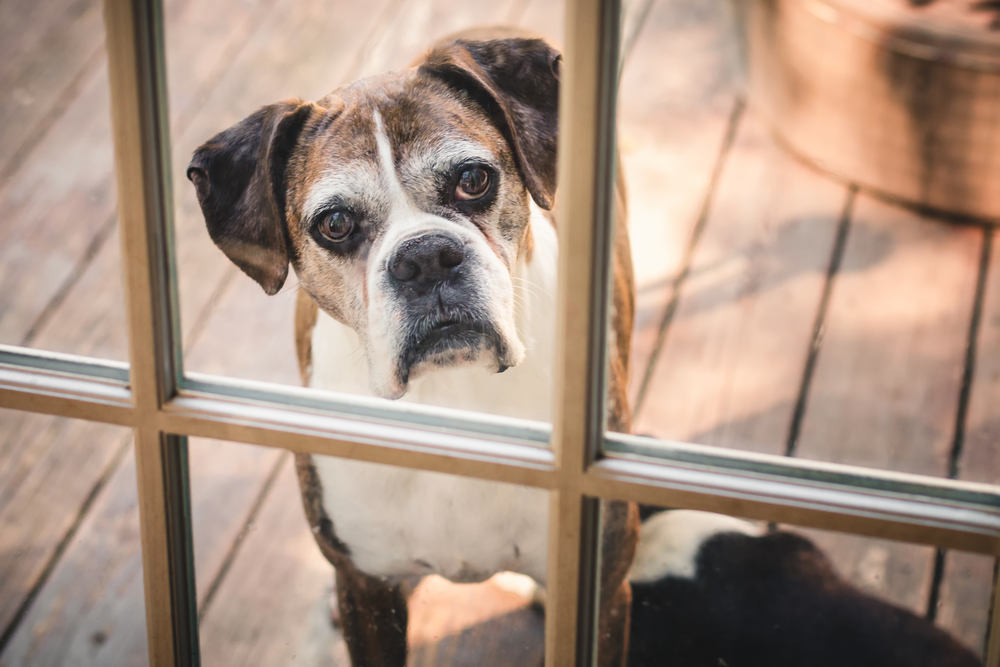
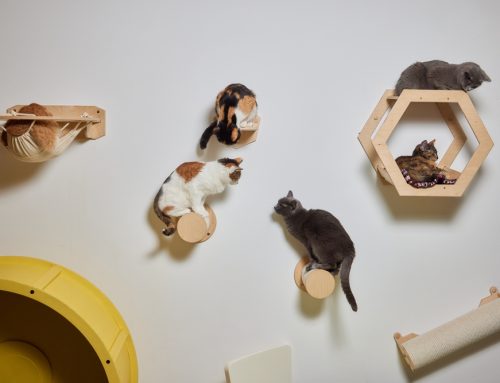
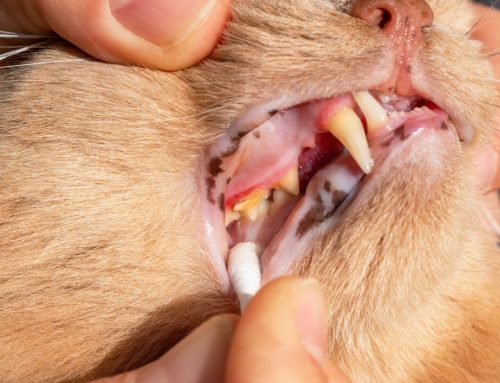
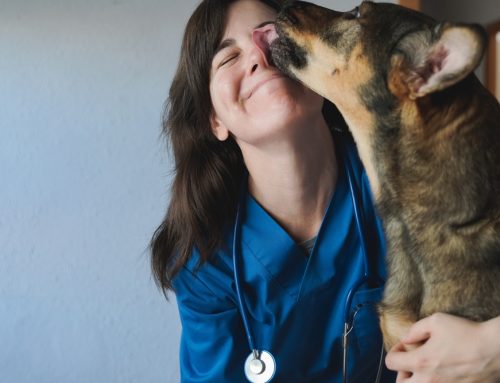
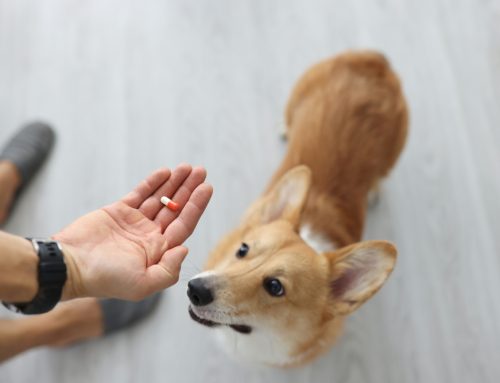
Leave A Comment